Name that Plant – Because We Can't!
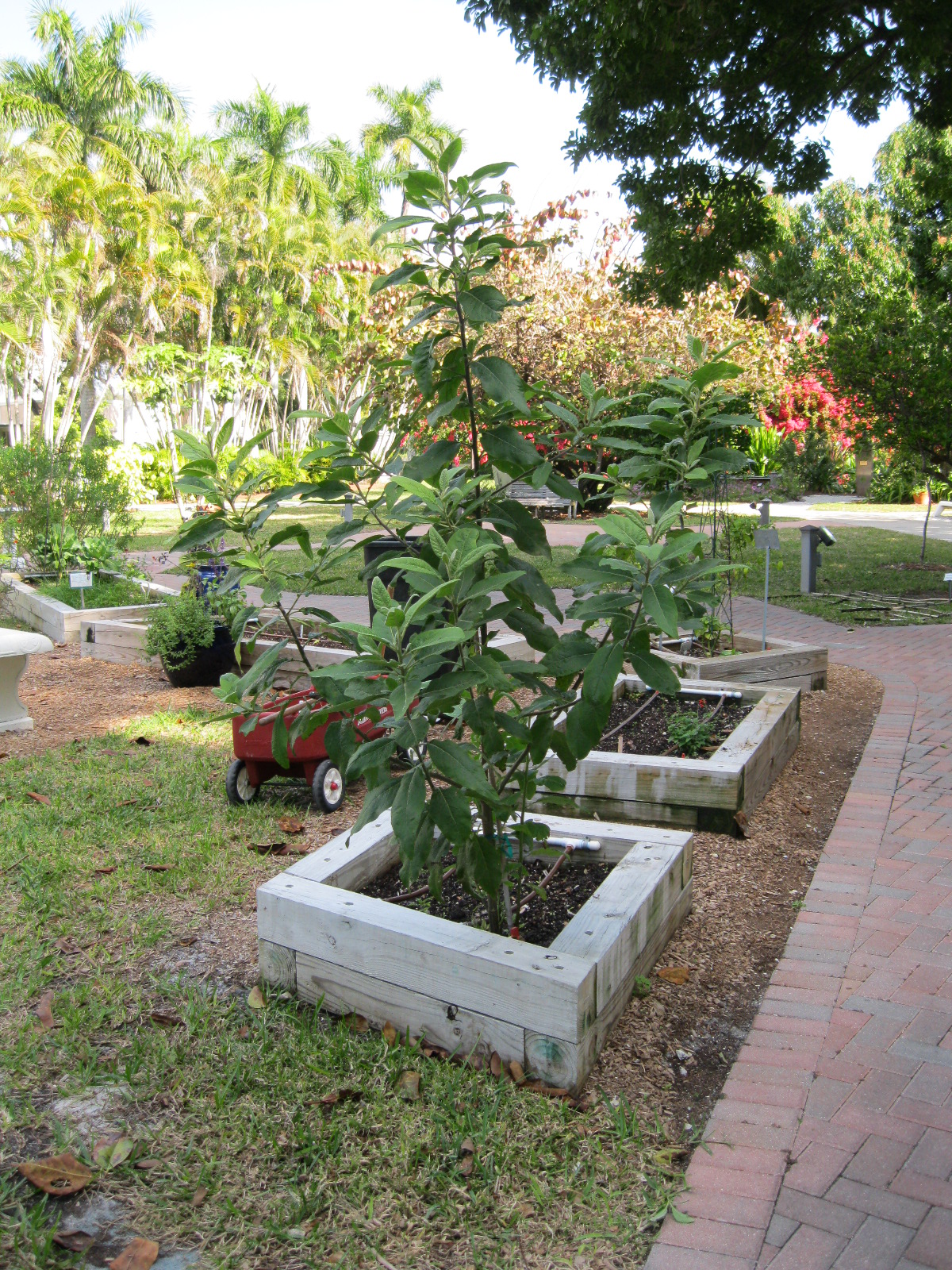
Mystery plant
Know what this plant is? Good! Please tell us! It sprouted on its own in one of our raised beds in our Heritage Garden and we don’t know what it is. It’s just over six feet tall and the newer leaves are fuzzy on both the top and bottom of the leaf. The older leaves are rough. We haven’t seen any flowers on it yet. You can click the photos for larger images or come by and see the plant for yourself – it’s right outside the ticket office.
If you’re the first to correctly identify the plant for us (post your answer as a comment on this blog or on Facebook) and we’ll give you a FREE firespike plant. Previous winners, no matter how recently they won, are eligible for this contest.
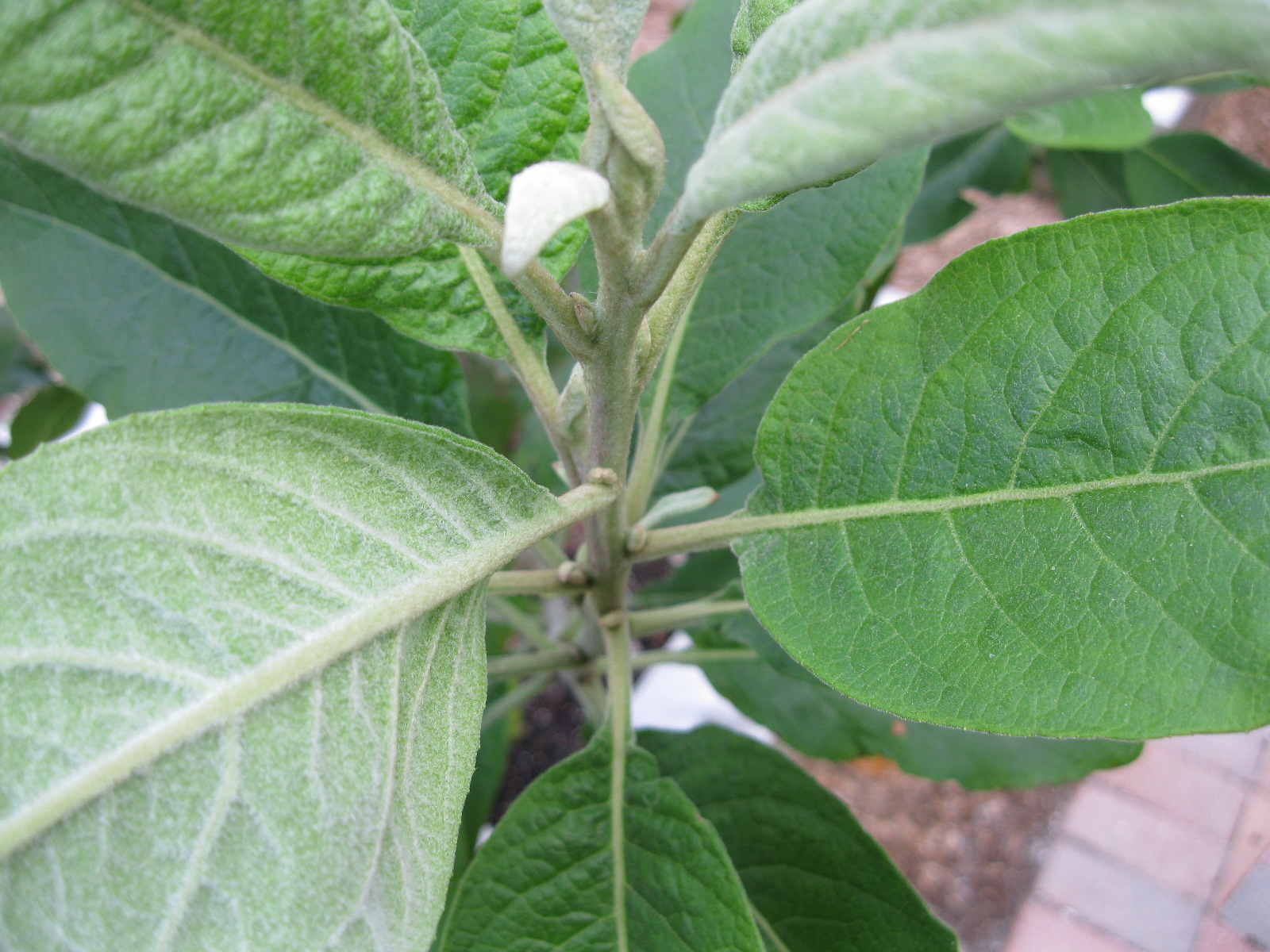
Mystery plant - bottom of leaf on left side, top of leaf on right.
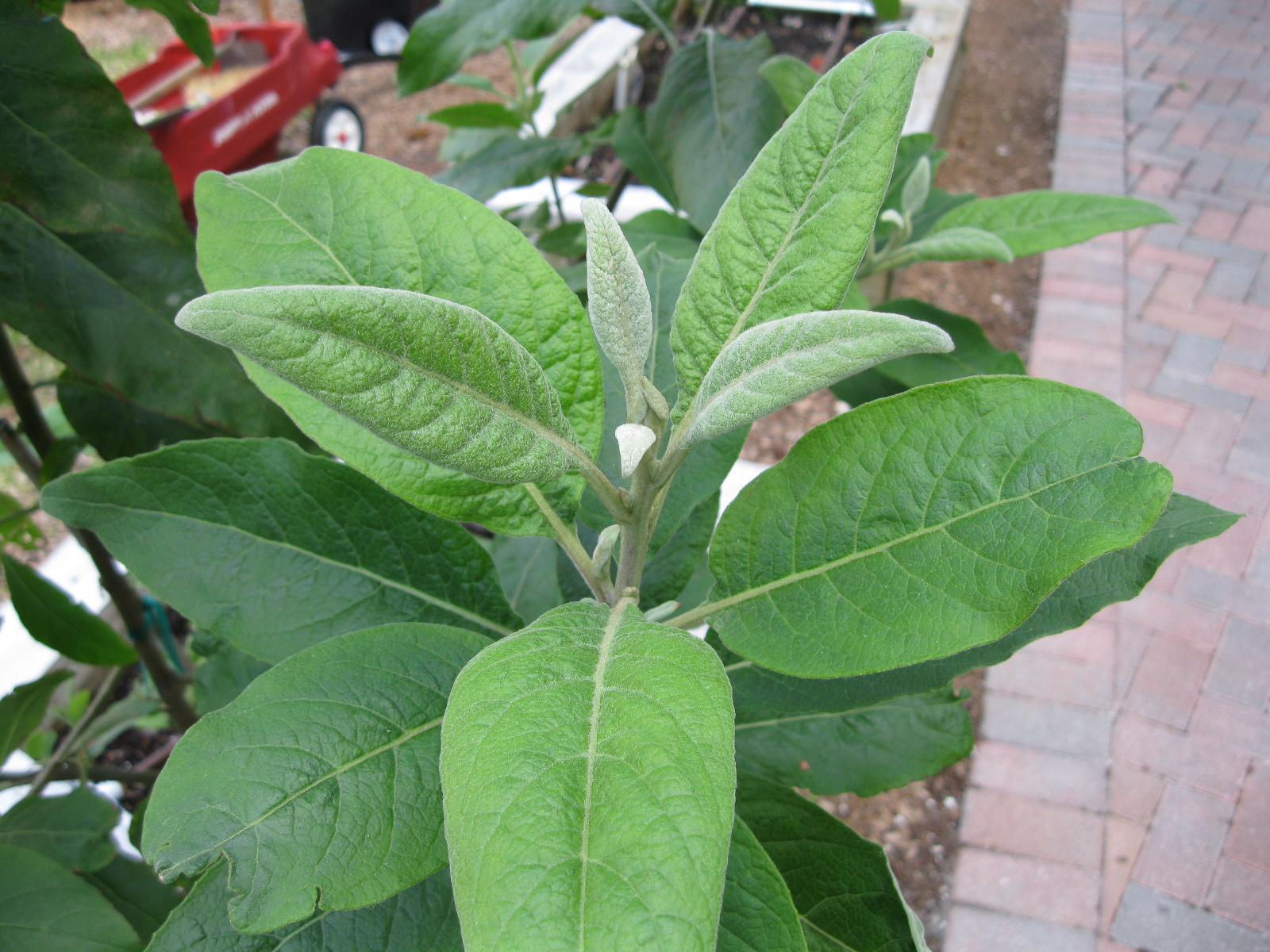
Mystery plant leaves
Firespike are great butterfly plants. I’ll post more about them in the next few days, but here are a few pictures…
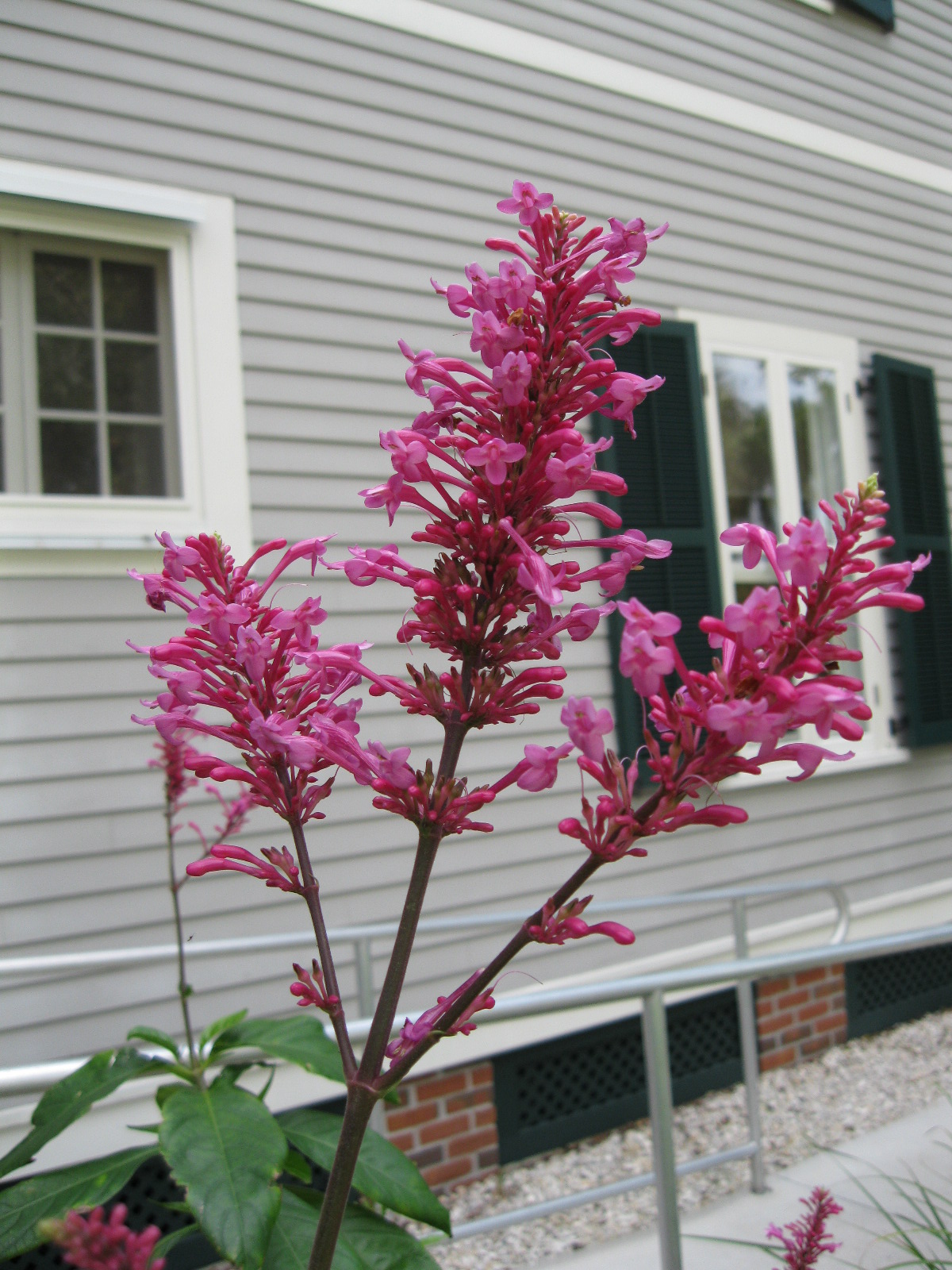
Firespike flower - win this plant by identifying our mystery plant.
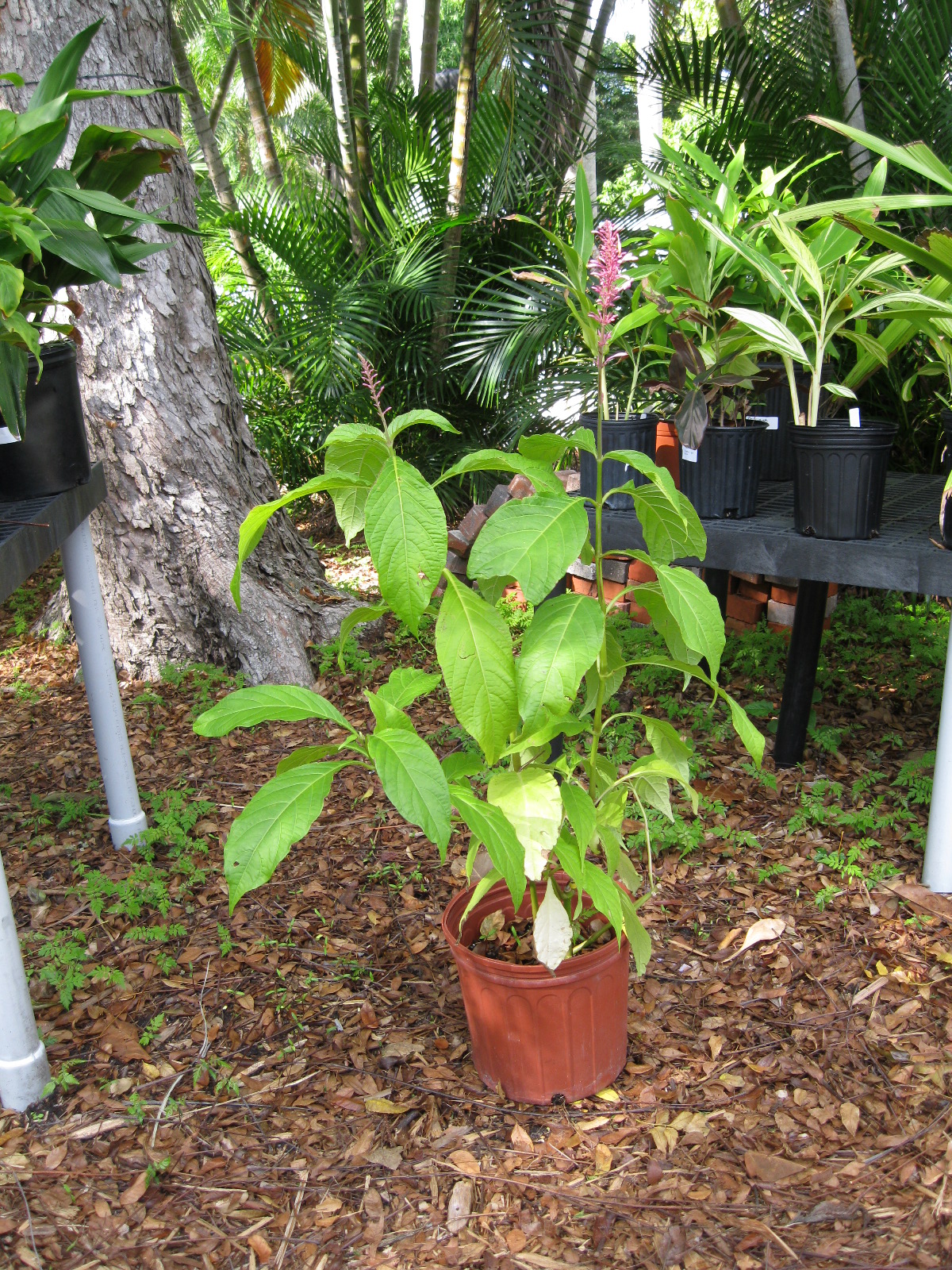
Win this butterfly plant by identifying our mystery plant.
Name those Plants – Win a Plant!
 Win this hanging basket of gazania by being the first to correctly identify eight of the plants featured in yesterday’s What’s Blooming post. Number and write your answers as a comment to this blog post below. Include the common name and the genus in your answer.
Win this hanging basket of gazania by being the first to correctly identify eight of the plants featured in yesterday’s What’s Blooming post. Number and write your answers as a comment to this blog post below. Include the common name and the genus in your answer.
We’ll check the comments at least once daily and the comments will be hidden until someone correctly guesses all eight. Click on the picture for a larger image. If no one gets all eight, the person with the highest number correct will win! Contest ends Friday, Jan 28 at noon. Prizes cannot be shipped. Good luck!
Jan 28 update: we have a winner!
The correct answers are below and the reader with the most correct answers is listed in the comments section.
1 Giant dioon, dioon spinulosum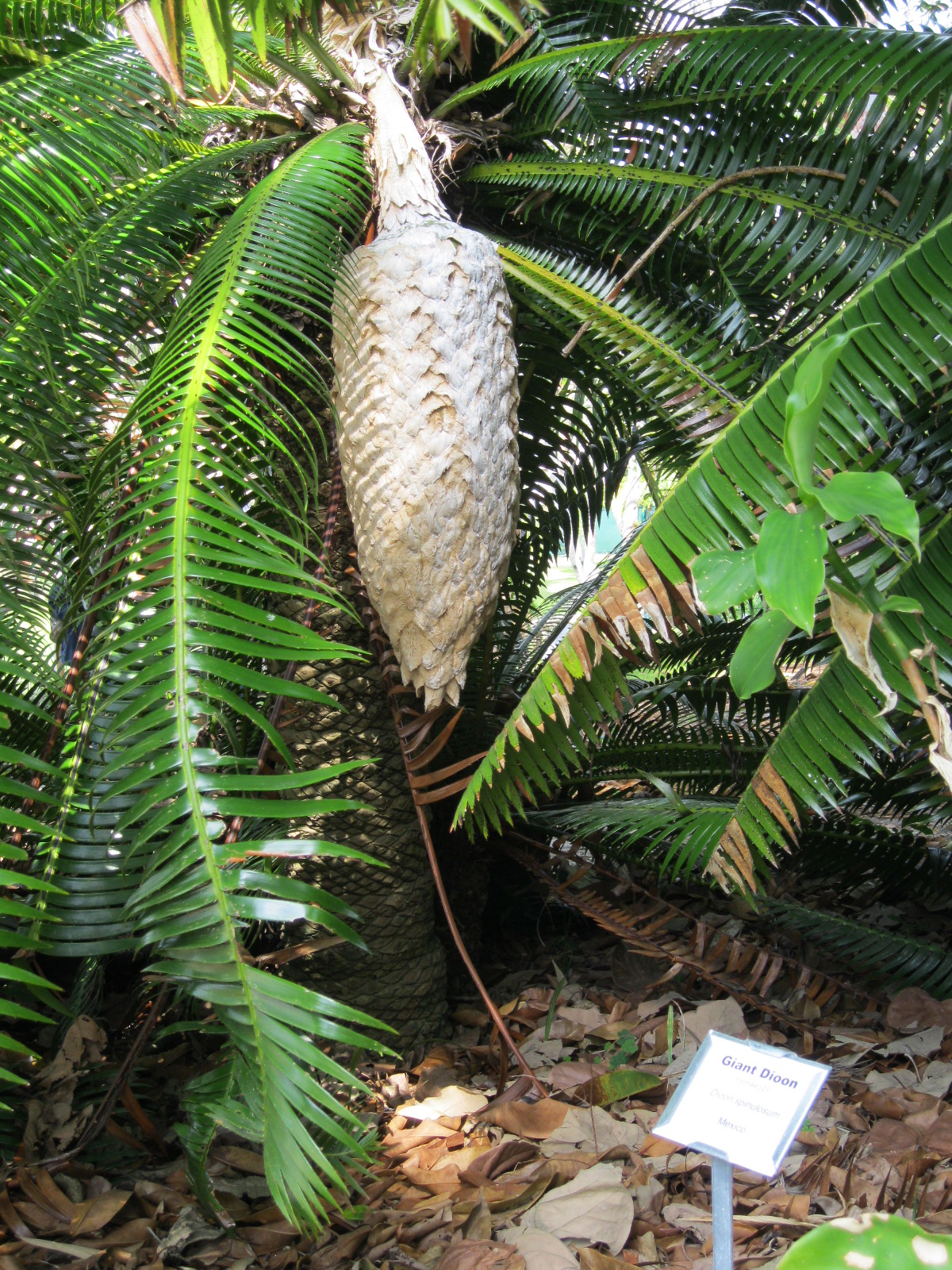
We made this one easy – you could read the plant’s name in the lower right corner when you enlarged the photo!
2 Pink ball, Dombeya x cayeuxii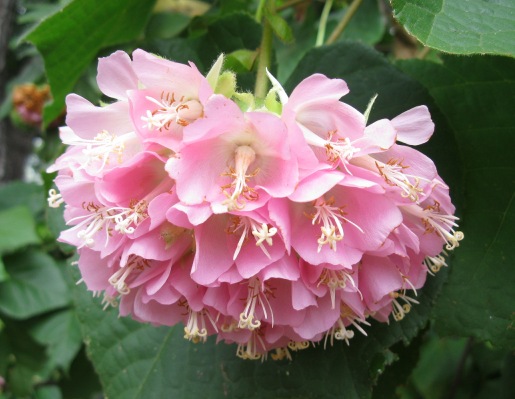
Another easy one – this was posted Jan 11!
3 Red powderpuff, Calliandra haematocephala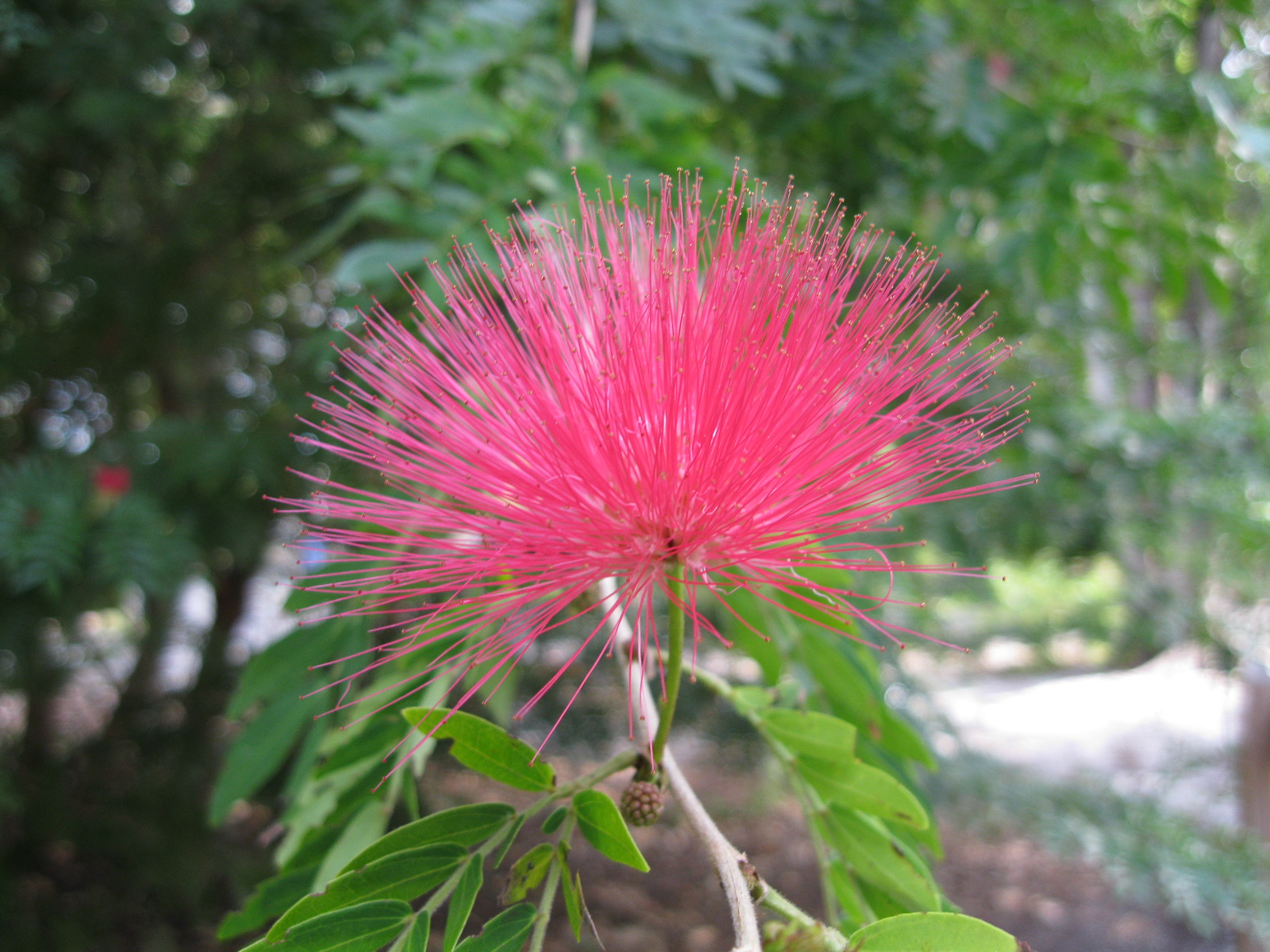
4 ixora, ixora sp.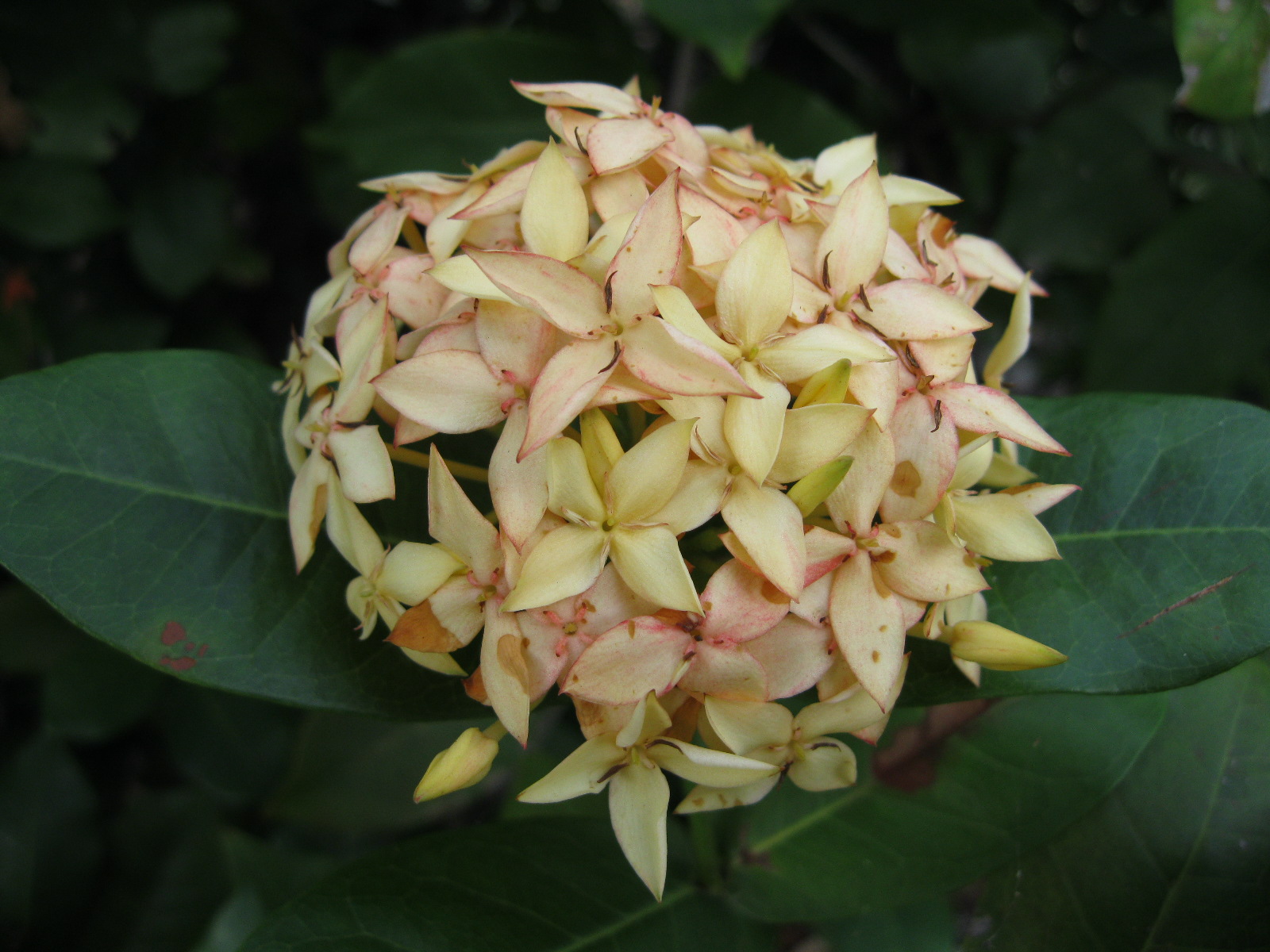
5 Papaya, Carica papaya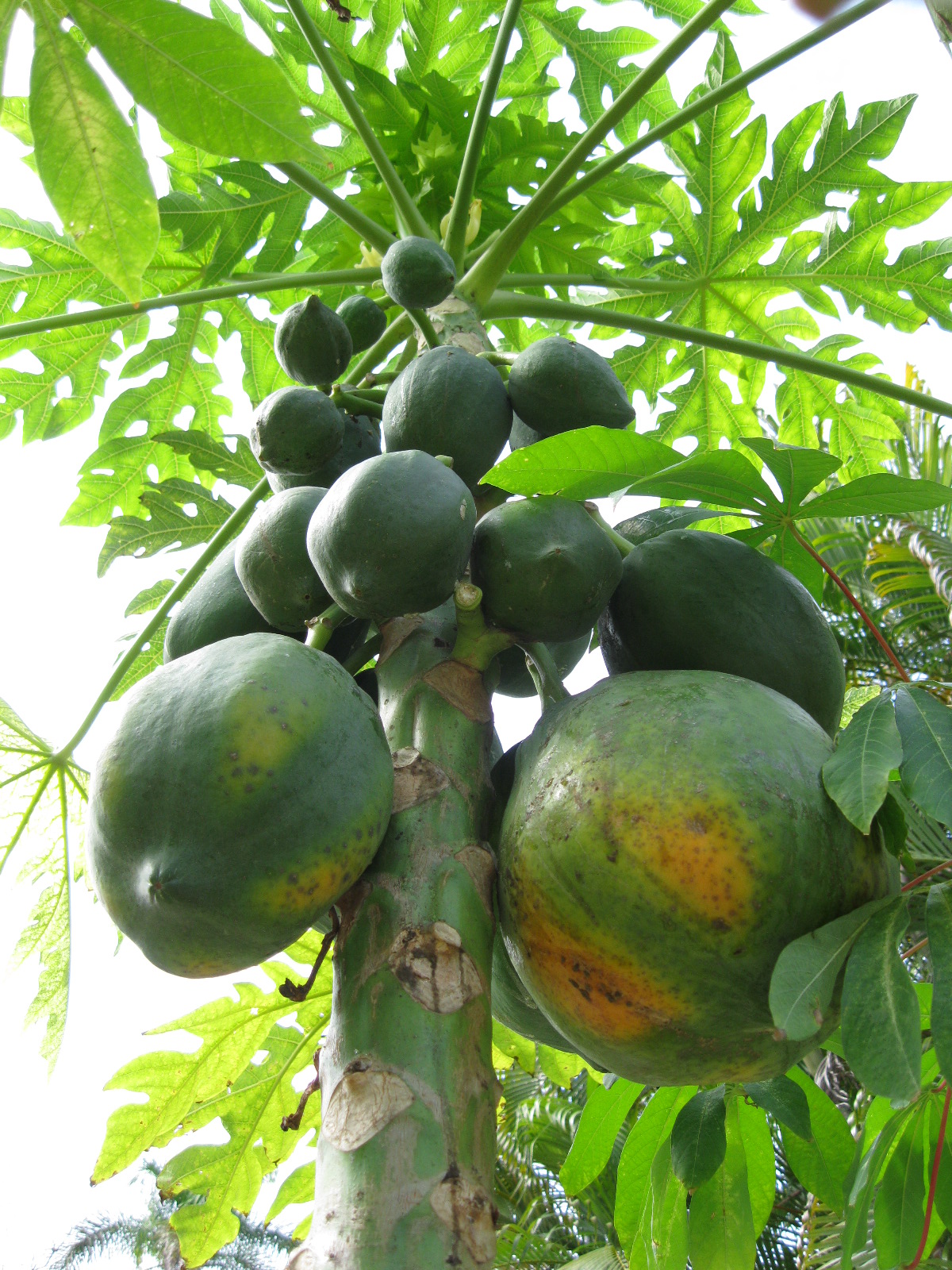
6 mango, mangifera indica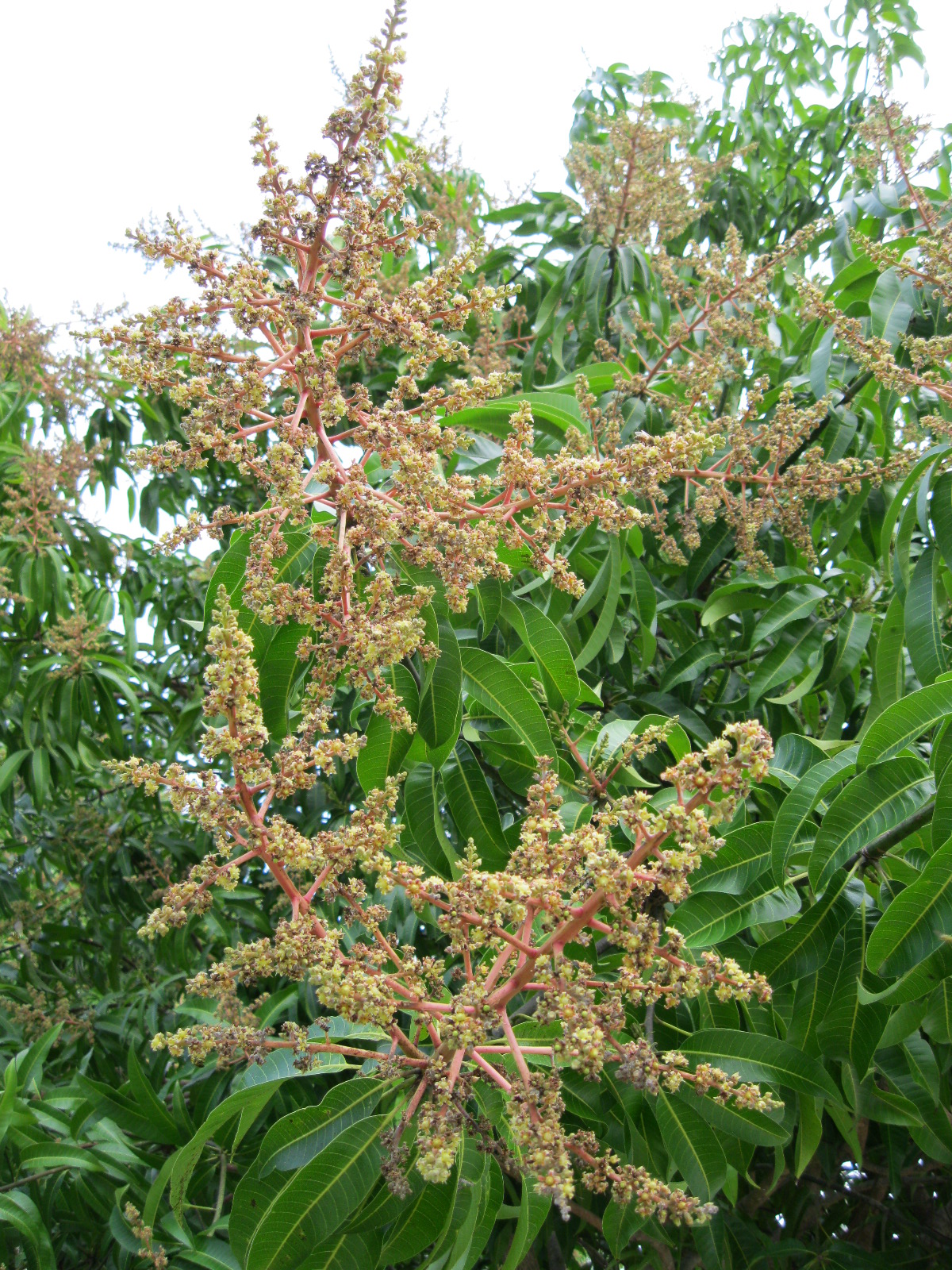
A wide shot of this was posted on Jan 21!
7 cherries jubilee allamanda, allamanda cathartica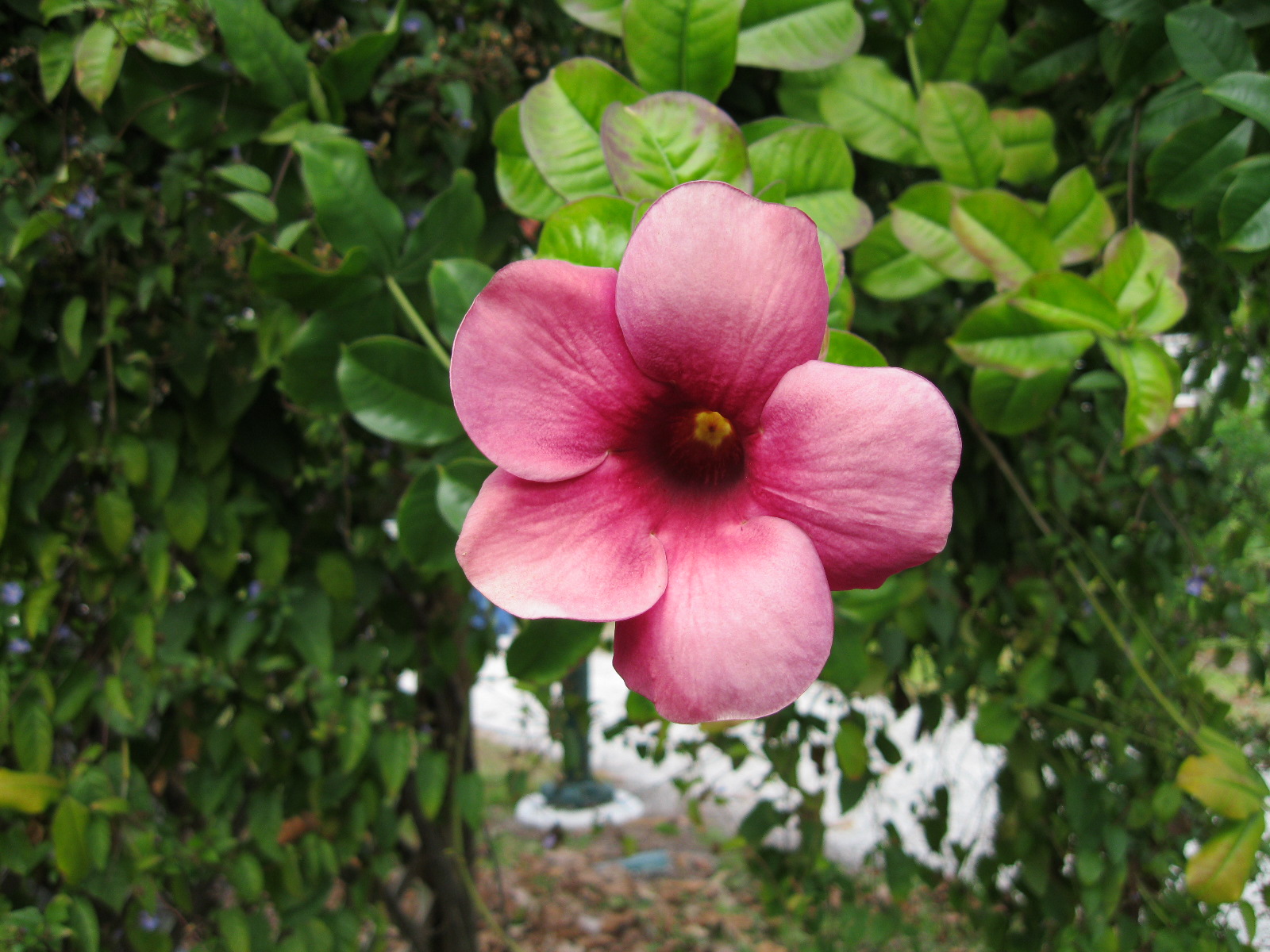
Another easy one if you’re a regular reader of our blog – this was featured as a “Name that Plant” in September.
8 Calomondin, ×Citrofortunella microcarpa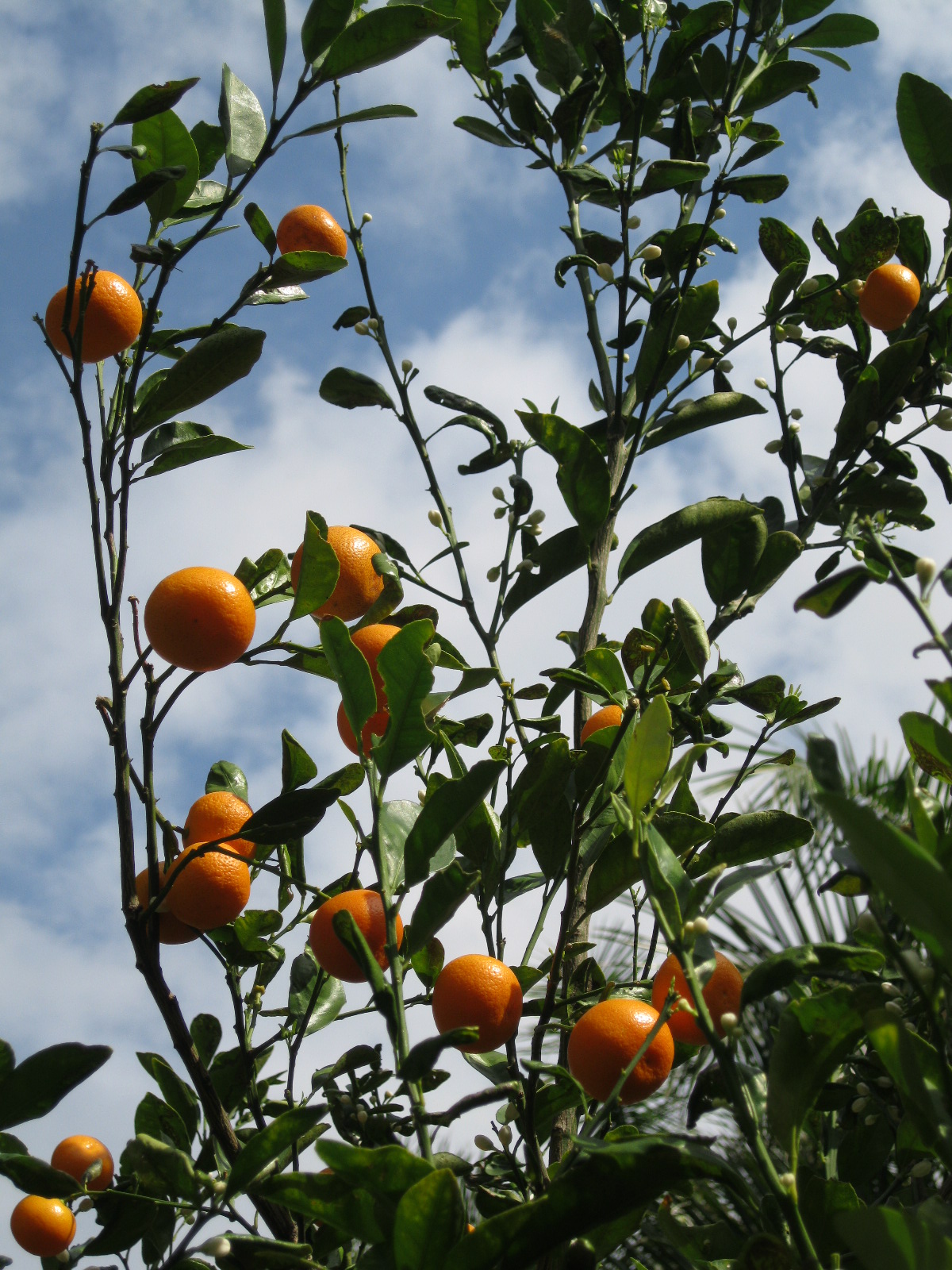
Garden Puzzler Answer: Mango and pickle
We finally have a winner to our garden puzzler:
This fruit’s name was once used as a verb describing a specific way to preserve food.
In the 1700’s, the word mango was used as a verb meaning to pickle. For a time, anything pickled was called a mango, including peppers. Read an interesting account of the history of the word in America here.
 As any visitor to the Estates knows, both the Edisons and the Fords loved mangoes. It’s likely that mangoes were planted soon after Edison purchased his Fort Myers property in 1885 because by 1892, the caretaker of the Estate was already shipping mangoes to Edison at his New Jersey home. By 1917, thirty mango trees were recorded on Edison’s property. Most of the trees bordered the fence line along what is now McGregor Boulevard. Henry Ford’s property, which was nicknamed The Mangoes because of the line of mango trees in front of the house, together with the Edisons’ mangoes, formed “Mango Lane”, a shady walkway that remains today.
As any visitor to the Estates knows, both the Edisons and the Fords loved mangoes. It’s likely that mangoes were planted soon after Edison purchased his Fort Myers property in 1885 because by 1892, the caretaker of the Estate was already shipping mangoes to Edison at his New Jersey home. By 1917, thirty mango trees were recorded on Edison’s property. Most of the trees bordered the fence line along what is now McGregor Boulevard. Henry Ford’s property, which was nicknamed The Mangoes because of the line of mango trees in front of the house, together with the Edisons’ mangoes, formed “Mango Lane”, a shady walkway that remains today.
Garden Puzzler – Win a Plant!!!
I’m bringing back a puzzle that had everyone stumped when it first appeared a few months ago…
This fruit’s name was once used as a verb describing a specific way to preserve food.
Do you know the names of the fruit and the preservation method?
First person to post both correct terms wins a succulent!
HINTS: The fruit and preservation method are two different words (and the fruit is NOT cucumber). The fruit’s name is no longer used as a verb but the fruit is still enjoyed today. I’ll add more hints to this post in the next few days if no one posts the correct answer, so check back often or sign up for email notifications since I won’t post the hints on Facebook! Jan 20 hint: the fruit is a tropical fruit.
Contest Rules: Leave a comment on Facebook or the Garden Blog with your answer. The person with the first correct answer will win. The winner will be announced on the Estates Garden Blog and on Facebook. Plants must be picked up from the Edison & Ford Winter Estates within 7 days of contest end (and, no, we can’t ship them!). If you have won previously, please wait 60 days before guessing again.
See How Our Garden Grows…
Remember what our organic garden looked like
the weekend before Thanksgiving?
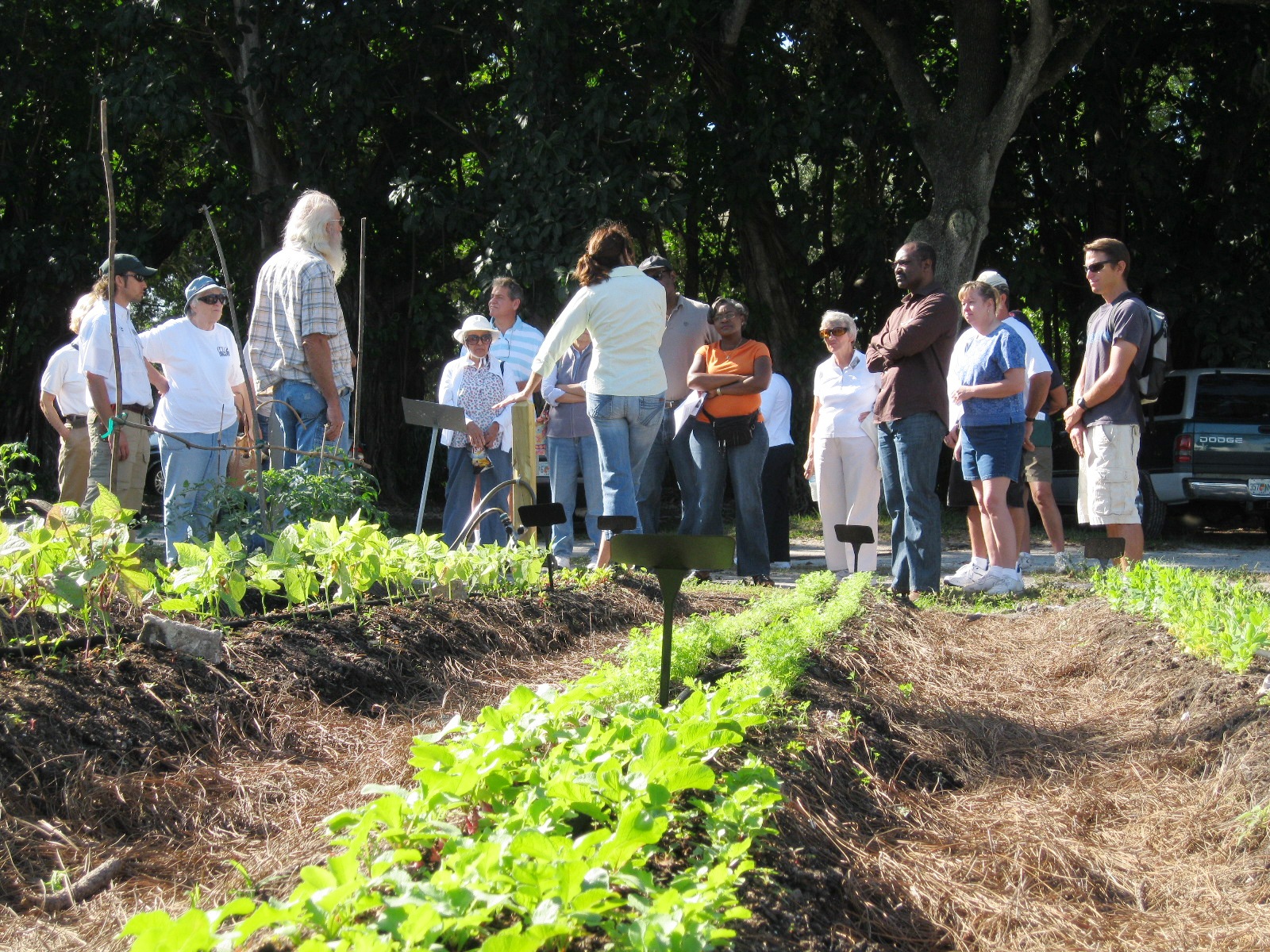
Debbie Hughes, Estates Horticulturist, leads a tour of the Estates Garden during the Garden Market event in November 2010.
Look at it now!!!
[slideshow]
We sell our produce at the Farmer’s Market every Thursday in downtown Fort Myers. We’ve had a good bit of citrus and starfruit lately and might have a few items (radish, beets, tomatoes, and lettuce) from our garden soon!
Puzzle Junkie Answer
Yesterday we gave you two jumbled words to unscramble and the first lucky puzzle solver to respond received a free plant! The answers are:
1) cetuslcun = succulent: plants adapted for arid conditions, usually thick- leaved with superior water-retention adaptations
2) calogimusuin = mucilaginous: secreting mucilage, the thick gooey substance in most plants. Mucilage is plentiful in succulents like aloe.
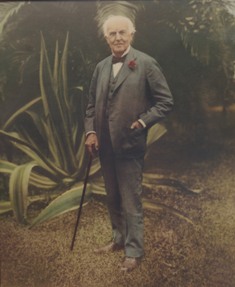
Thomas Edison portrait taken in front of an agave plant on the grounds of his Fort Myers estate.
Succulents are found throughout the world, typically in the dry regions of the tropics and sub-tropics. With more than 6,000 species, the group is quite varied. The most well-known succulent product is probably aloe, the product obtained from the plant, Aloe vera, which has been used for centuries to treat burns and other wounds. Tequila is produced from twelve-year old Agave tequilana plants, a succulent that grows above 1500 meter elevations in Mexico.
The Edisons enjoyed many succulents on the grounds of their Fort Myers home. A century plant, Agave americana, was ordered from a local nursery in 1886, shortly after Thomas Edison purchased his estate. Large unidentified agaves can be seen in several photos taken after 1900. Today, we have many agaves and other succulents planted on the grounds and a collection of unique agaves are in pots near the pool.
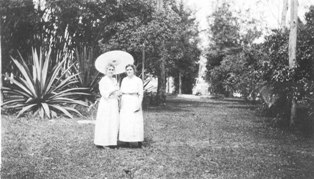
Mina Edison, left, and her sister, Mary Miller Nichols, near an agave on the grounds in 1906.
Some species of succulents make a great addition to the south Florida yard. Most will survive our dry winters just fine; however, for some species our summers are too wet and the plants don’t do well. Our Garden Shoppe is currently selling a few small succulents that will do well in containers or raised beds. Succulents in 4″ pots are just $2 – half the price of the big box stores! We expect to have additional succulents, including some larger agaves, in stock soon!
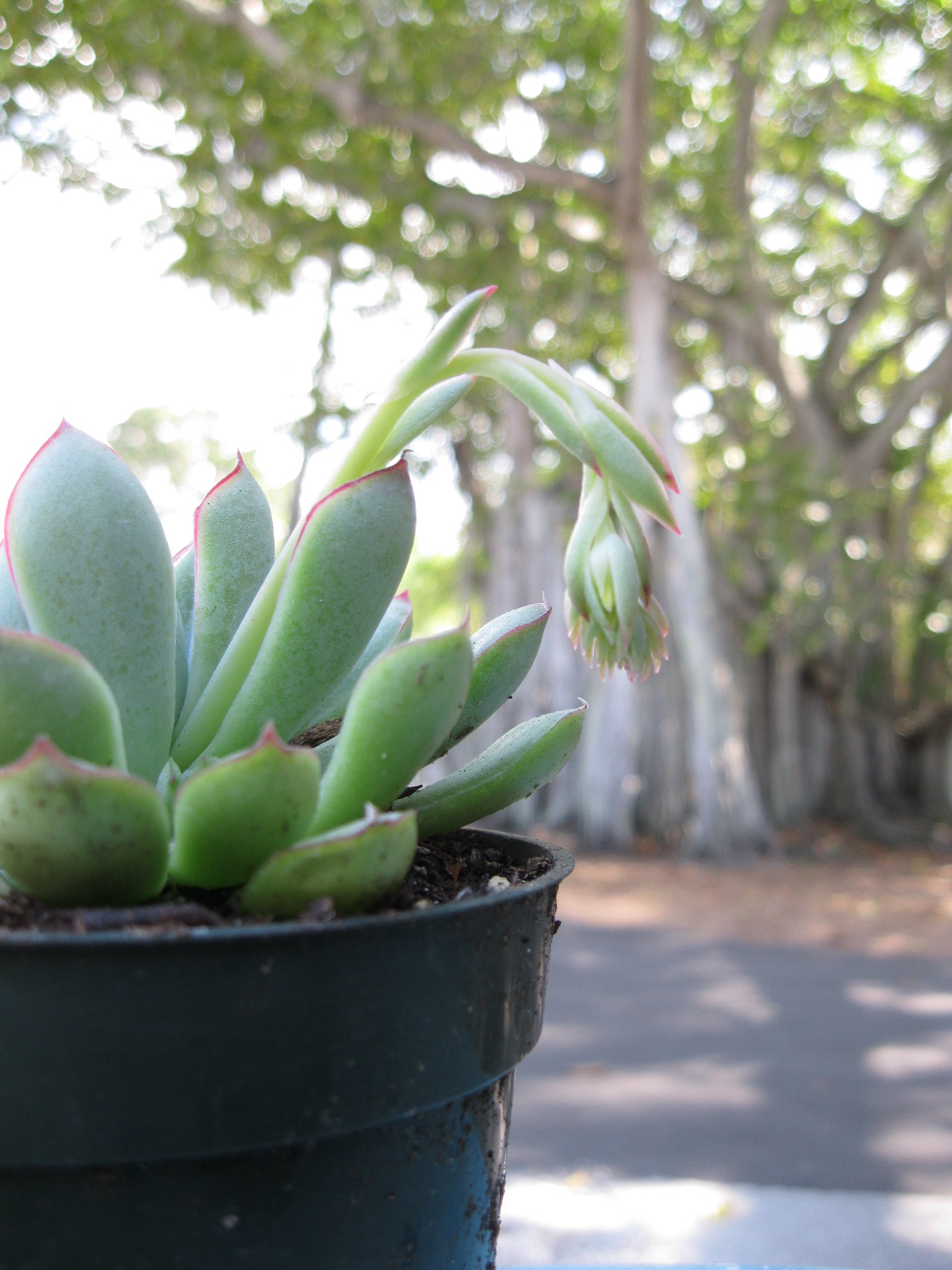
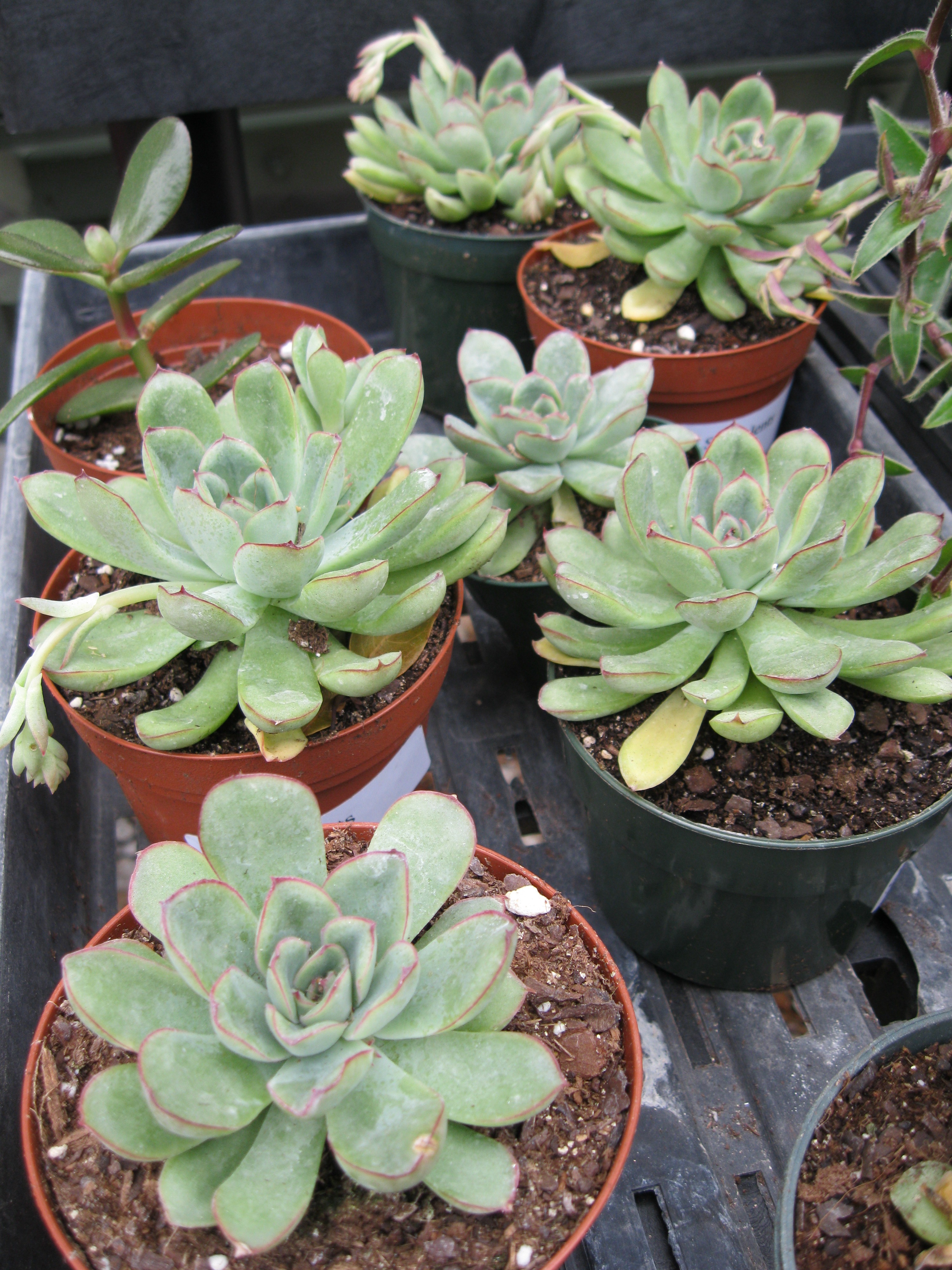
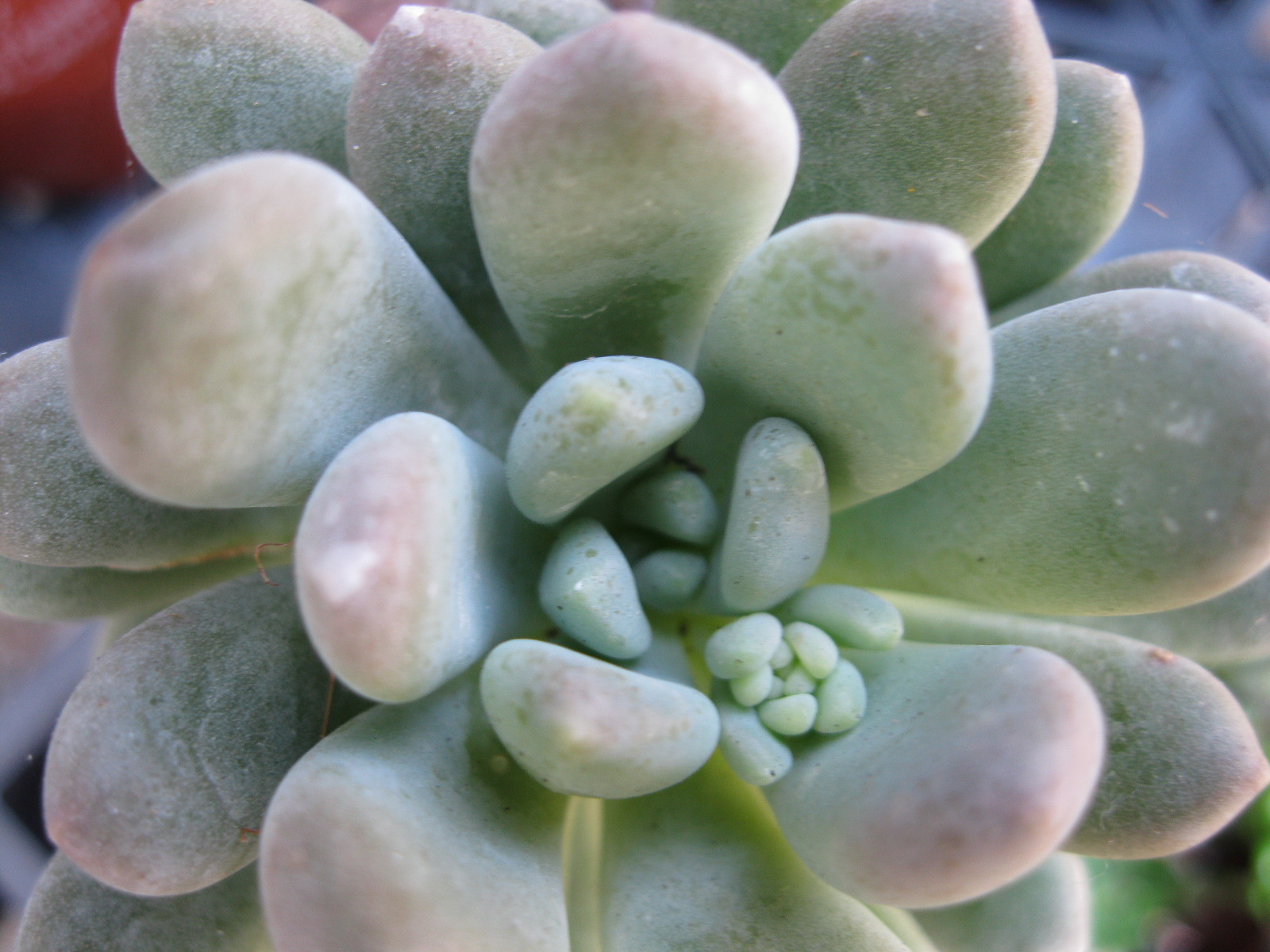
Britta Hanson Soderqvist, Plant Curator
Puzzle Junkies – Win a Plant!
Our “Name That plant, Win That Plant” game is popular, but for those of you who aren’t good at identifying plants from photos, maybe this new contest will help you add some plants to your collection.
Unscramble the two words describing the type of plant pictured and you’ll win that plant! You don’t need to know what type of plant it is (although it might help) – just be the first to post the correct answers to both words in the comments below or on Facebook and you’ll win!
1) cetuslcun
2) calogimusuin
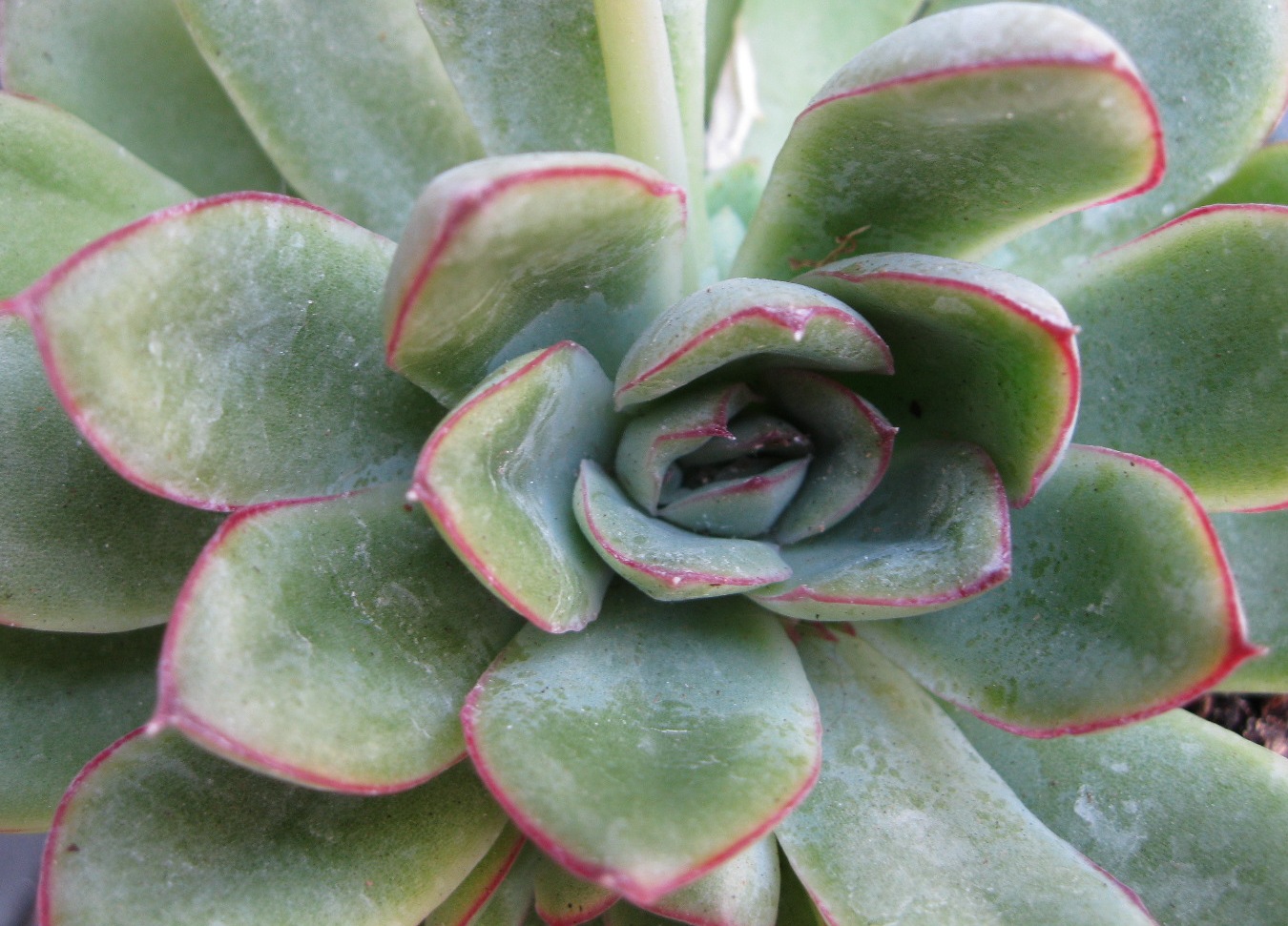
Contest Rules: Leave a comment on Facebook or the Garden Blog with your answer. The person with the first correct answer will win the plant pictured. The winner will be announced on the Estates Garden Blog and on Facebook. Plants must be picked up from the Edison and Ford Winter Estates within 7 days of contest end (and, no, we can’t ship them!). If you have won previously, please wait 60 days before guessing again.